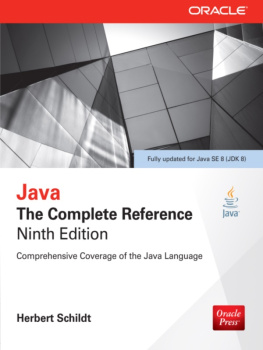Contents
Guide
Page List
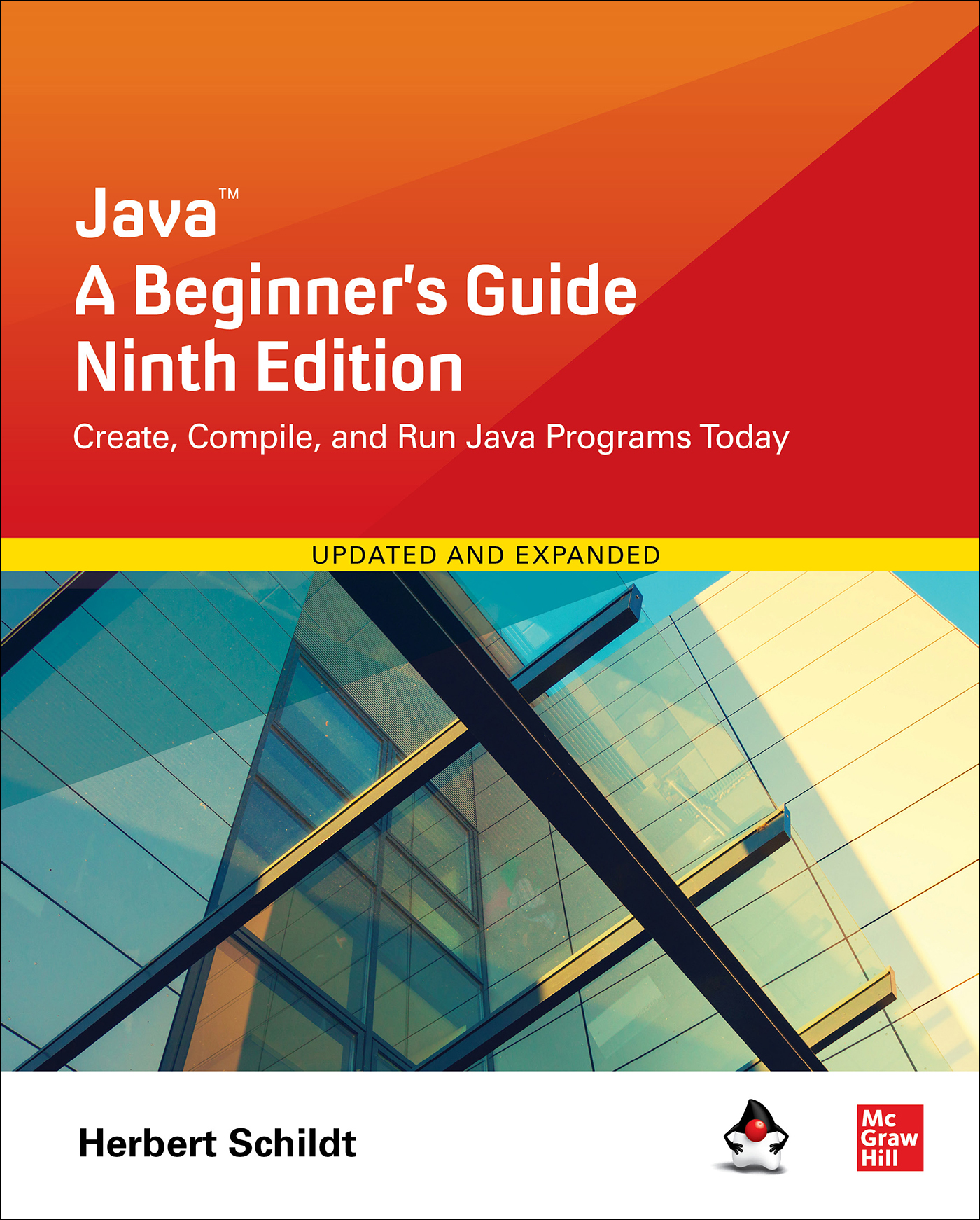
About the Author
Best-selling author Herbert Schildt has written extensively about programming for over three decades and is a leading authority on the Java language. Called one of the worlds foremost authors of books about programming by International Developer magazine, his books have sold millions of copies worldwide and have been translated into all major foreign languages. He is the author of numerous books on Java, including Java: The Complete Reference; Herb Schildts Java Programming Cookbook; Introducing JavaFX 8 Programming; and Swing: A Beginners Guide. He has also written extensively about C, C++, and C#. Featured as one of the rock star programmers in Ed Burns book Secrets of the Rock Star Programmers: Riding the IT Crest, Schildt is interested in all facets of computing, but his primary focus is computer languages. Schildt holds both BA and MCS degrees from the University of Illinois. His website is www.HerbSchildt.com.
About the Technical Editor
Dr. Danny Coward has worked on all editions of the Java platform. He led the definition of Java Servlets into the first version of the Java EE platform and beyond, web services into the Java ME platform, and the strategy and planning for Java SE 7. He founded JavaFX technology and, most recently, designed the largest addition to the Java EE 7 standard, the Java WebSocket API. From coding in Java, to designing APIs with industry experts, to serving for several years as an executive to the Java Community Process, he has a uniquely broad perspective into multiple aspects of Java technology. In addition, he is the author of two books on Java programming: Java WebSocket Programming and Java EE 7: The Big Picture. Most recently, he has been applying his knowledge of Java to helping scale massive Java-based services for one of the worlds most successful software companies. Dr. Coward holds a bachelors, masters, and doctorate in mathematics from the University of Oxford.

Copyright 2022 by McGraw Hill. All rights reserved. Except as permitted under the United States Copyright Act of 1976, no part of this publication may be reproduced or distributed in any form or by any means, or stored in a database or retrieval system, without the prior written permission of the publisher, with the exception that the program listings may be entered, stored, and executed in a computer system, but they may not be reproduced for publication.
ISBN: 978-1-26-046356-9
MHID: 1-26-046356-7
The material in this eBook also appears in the print version of this title: ISBN: 978-1-26-046355-2, MHID: 1-26-046355-9.
eBook conversion by codeMantra
Version 1.0
All trademarks are trademarks of their respective owners. Rather than put a trademark symbol after every occurrence of a trademarked name, we use names in an editorial fashion only, and to the benefit of the trademark owner, with no intention of infringement of the trademark. Where such designations appear in this book, they have been printed with initial caps.
McGraw-Hill Education eBooks are available at special quantity discounts to use as premiums and sales promotions or for use in corporate training programs. To contact a representative, please visit the Contact Us page at www.mhprofessional.com.
Information has been obtained by McGraw Hill from sources believed to be reliable. However, because of the possibility of human or mechanical error by our sources, McGraw Hill, or others, McGraw Hill does not guarantee the accuracy, adequacy, or completeness of any information and is not responsible for any errors or omissions or the results obtained from the use of such information.
Oracle Corporation does not make any representations or warranties as to the accuracy, adequacy, or completeness of any information contained in this Work, and is not responsible for any errors or omissions.
TERMS OF USE
This is a copyrighted work and McGraw-Hill Education and its licensors reserve all rights in and to the work. Use of this work is subject to these terms. Except as permitted under the Copyright Act of 1976 and the right to store and retrieve one copy of the work, you may not decompile, disassemble, reverse engineer, reproduce, modify, create derivative works based upon, transmit, distribute, disseminate, sell, publish or sublicense the work or any part of it without McGraw-Hill Educations prior consent. You may use the work for your own noncommercial and personal use; any other use of the work is strictly prohibited. Your right to use the work may be terminated if you fail to comply with these terms.
THE WORK IS PROVIDED AS IS. McGRAW-HILL EDUCATION AND ITS LICENSORS MAKE NO GUARANTEES OR WARRANTIES AS TO THE ACCURACY, ADEQUACY OR COMPLETENESS OF OR RESULTS TO BE OBTAINED FROM USING THE WORK, INCLUDING ANY INFORMATION THAT CAN BE ACCESSED THROUGH THE WORK VIA HYPERLINK OR OTHERWISE, AND EXPRESSLY DISCLAIM ANY WARRANTY, EXPRESS OR IMPLIED, INCLUDING BUT NOT LIMITED TO IMPLIED WARRANTIES OF MERCHANTABILITY OR FITNESS FOR A PARTICULAR PURPOSE. McGraw-Hill Education and its licensors do not warrant or guarantee that the functions contained in the work will meet your requirements or that its operation will be uninterrupted or error free. Neither McGraw-Hill Education nor its licensors shall be liable to you or anyone else for any inaccuracy, error or omission, regardless of cause, in the work or for any damages resulting therefrom. McGraw-Hill Education has no responsibility for the content of any information accessed through the work. Under no circumstances shall McGraw-Hill Education and/or its licensors be liable for any indirect, incidental, special, punitive, consequential or similar damages that result from the use of or inability to use the work, even if any of them has been advised of the possibility of such damages. This limitation of liability shall apply to any claim or cause whatsoever whether such claim or cause arises in contract, tort or otherwise.
Contents
INTRODUCTION
Introduction
T he purpose of this book is to teach you the fundamentals of Java programming. It uses a step-by-step approach complete with numerous examples, self tests, and projects. It assumes no previous programming experience. The book starts with the basics, such as how to compile and run a Java program. It then discusses the keywords, features, and constructs that form the core of the Java language. Youll also find coverage of some of Javas most advanced features, including multithreaded programming, generics, lambda expressions, records, and modules. An introduction to the fundamentals of Swing concludes the book. By the time you finish, you will have a firm grasp of the essentials of Java programming.
It is important to state at the outset that this book is just a starting point. Java is more than just the elements that define the language. Java also includes extensive libraries and tools that aid in the development of programs. To be a top-notch Java programmer implies mastery of these areas, too. After completing this book, you will have the knowledge to pursue any and all other aspects of Java.
The Evolution of Java
Only a few languages have fundamentally reshaped the very essence of programming. In this elite group, one stands out because its impact was both rapid and widespread. This language is, of course, Java. It is not an overstatement to say that the original release of Java 1.0 in 1995 by Sun Microsystems, Inc., caused a revolution in programming. This revolution radically transformed the Web into a highly interactive environment. In the process, Java set a new standard in computer language design.


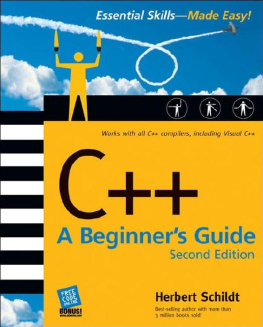

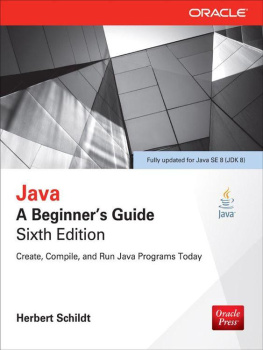
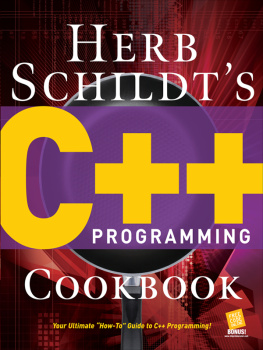


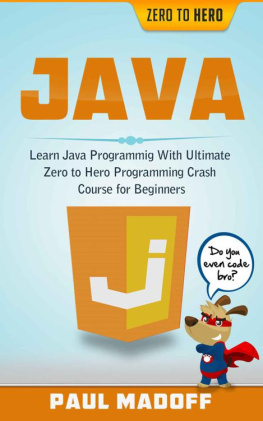
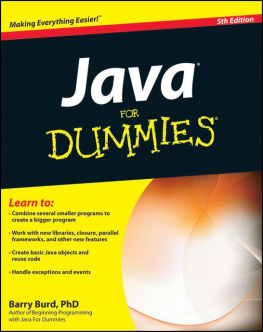
![Ivor Horton [Ivor Horton] - Ivor Horton’s Beginning Java®, Java 7 Edition](/uploads/posts/book/119392/thumbs/ivor-horton-ivor-horton-ivor-horton-s.jpg)
![Yakov Fain [Yakov Fain] - Java Programming 24-Hour Trainer, 2nd Edition](/uploads/posts/book/119348/thumbs/yakov-fain-yakov-fain-java-programming-24-hour.jpg)
